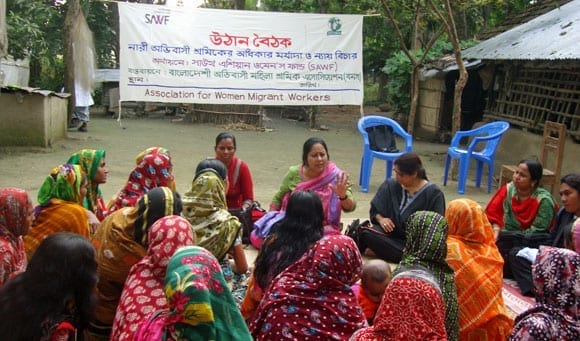
Aug 5, 2015
Ishor, 24, migrated from Nepal to Malaysia last November to work for a company at Johor Bahru’s busy commercial shipping port. What he did not know before he arrived is that the job involved working 16-hour days and being physically abused and harassed by his employer. Like most migrant workers, Ishor likely paid a labor broker a large amount of money to secure the job.
“Agents usually give (migrant workers) a very beautiful picture about the conditions in which they are going to work,” says Karuppiah Somasundram, assistant secretary of education of the Malaysia Trades Union Congress (MTUC). “Usually (migrant workers) don’t get a clear picture about how the work is going to be in Malaysia.”
Unscrupulous private recruitment agencies, prevalent in the labor migration process, offer workers non-existent jobs; misrepresent working conditions and compensation; confiscate crucial documents, like workers’ passports and visas; and impose excessive and illegal fees, according to labor and migrant rights groups around the world.
Solidarity Center Conference Explores Labor Recruitment
Strategies for reforming the labor recruitment process is one of the key topics at the upcoming Solidarity Center conference on labor migration in Bogor, Indonesia. From August 10–12, more than 200 migrant worker rights experts will also discuss migrant worker access to justice, xenophobia and organizing migrant workers.
While Malaysia is a destination country for many migrants seeking work, Bangladesh sees more than 600,000 workers a year who leave for jobs, making it one of the largest countries of origin for migrant workers.
Bangladeshi workers who migrate “are suffering, they are crying, they are not getting food,” says Sumaiya Islam, director of the Bangladesh Migrant Women’s Organization (BOMSA). “After two years, after three years, they are not getting their salary. After spending $1,000 (to labor recruiters), they are not getting paid.”
BOMSA holds “courtyard meetings” in villages around the country, helping women understand their rights before they migrate—including what they should demand of labor brokers and the wage and working conditions at the homes in Gulf and Asian countries where they will be employed as domestic workers. Simultaneously, BOMSA has been working to change national level policies to ensure that employers, not workers, pay recruitment fees.
The next step, Sumaiya says, is to educate employers in destination countries, “especially women, about the rights of domestic workers.”
Migrant Workers Need Jobs, Countries Need Workers
“Most Malaysians cannot take breakfast without migrants,” says Karuppiah. “You go to hotel, it’s a migrant; a car wash, it’s a migrant. At minimum, they work 12 hours or 14 hours a day. In Malaysia, (employers) give them one day rest day a month.”
On the other side of the migration spectrum, Sumaiya describes the factors pushing Bangladeshis far from their homes.
“I was in training center and I was talking with workers about why are you going,” she says. “Some say we need more money, more than 60 percent say we like to change our life because our husband is getting married again, some (husbands) are beating us, some (husbands) are drug addicts, some (husbands) are not giving us money for our family life. Most of them are saying they are supporting their family, Most of them cannot sign even their name, so they say ‘I have to go overseas so I can earn money.’”
Those working on behalf of migrant workers like Karuppiah and Sumaiya, believe that the majority of the world’s 247 million migrants who migrate for jobs will continue to do so. Their job is to make the process fair for workers, from their first contact with a labor broker to the day they return their families at home.
Karuppiah and Sumaiya will discuss their strategies next week at Labor Migration: Who Benefits? A Solidarity Center Global Conference on Worker Rights and Shared Prosperity.
Follow at Labor Migration: Who Benefits? at the Solidarity Center website and on Twitter @SolidarityCntr.
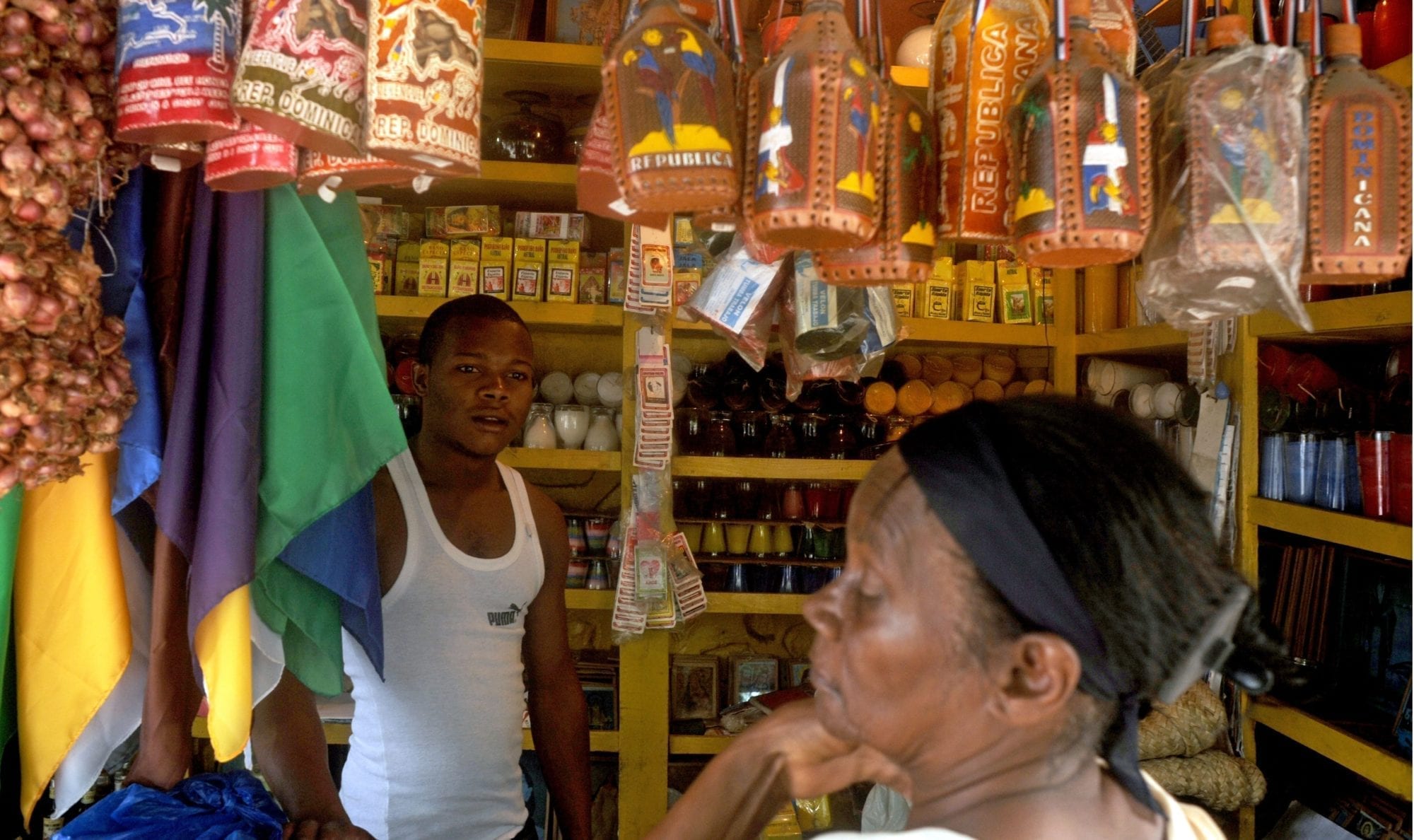
Aug 4, 2015
More than 300,000 domestic workers in Hong Kong, Special Administrative Region of China have migrated from the Philippines, Indonesia and other Southeast Asian countries seeking jobs to support their families. Recent high-profile instances of employer abuse against these domestic workers—unpaid wages, 24/7 working hours, and even physical assault—offer a glimpse into the migrant crisis that recently has focused the world’s attention on longstanding issues of debt bondage, human trafficking and mistreatment of workers striving to earn a decent living in the region.
But when they face an abusive work situation in Hong Kong, SAR, migrant domestic workers—nearly all of whom are women—have an opportunity for strong support through the Federation of Asian Domestic Workers Union (FADWU).
“We help them file a case with the Labor Department because, as a union, we can have the right of representation in a tribunal,” says Leo Tang, organizing secretary for the Hong Kong Confederation of Trade Unions (HKCTU), which includes FADWU as an affiliate. “Sometimes we provide shelter to those in need.”
Solidarity Center Labor Migration Conference
Tang is among more than 200 migrant worker rights experts taking part in the Solidarity Center’s Labor Migration conference in Indonesia, August 10–12. Conference participants will strategize within themes that focus on labor recruitment reform; organizing; and migrant worker access to justice.
Assisting workers first requires reaching out to them before they need support. That’s why organizing domestic workers is fundamental for the five unions that comprise FADWU. Based on nationality, the unions provide a cultural meeting ground that extends to education and training about their rights on the job.
Tang now is taking the members to the next step: shaping an inclusive union. “We are trying to unite all nationalities, all the migrants, under the federation structure,” he says.
In Mexico, where 10 percent of domestic workers migrate from countries such as Honduras and Peru, the Center of Support and Training for Domestic Workers (CACEH), reaches out to these workers to educate them about their rights.
“They have no information,” says CACEH leader Marcelina Bautista. “Often what happens is that their employer starts to retain their salaries to pay back the air ticket cost (the employer) spent bringing them to Mexico,” she said, speaking through a translator. Bautista, who also serves as International Domestic Workers Federation (IDWF) regional coordinator for Latin America, also will share her insights at the Solidarity Center event, “Labor Migration: Who Benefits? A Global Conference on Worker Rights and Shared Prosperity
CACEH, which Bautista founded 15 years ago, now has an extensive word-of-mouth network that enables them to organize domestic workers. CACEH also provides education services and train-the- trainer workshops that further expand the organization’s connection with domestic workers.
Market Vendors Join Forces to Improve Their Lives
In the Dominican Republic, where 60 percent of the workforce labors in the informal economy, Pablo de los Santos, president of National Federation of Sellers and Market Workers, says organizing market sellers involves letting them know about the disadvantages they face as self-employed individuals.
“I tell them about the advantages they could have once they organize themselves: better working conditions, living conditions, better benefits, for themselves and their families,” he said, speaking through a translator. Up to 60 percent of informal workers in the Dominican Republic are migrant workers, primarily from Haiti.
The organization, which started out in 2007 with a pilot program and now has branches in all 32 states, has sufficient bargaining power that it convinced banks to give 1 percent loans to dozens of informal economy workers, an achievement individual sellers often unattainable. The federation also negotiated improved infrastructure in Santo Domingo’s bustling open markets, and is seeking more space for Haitian workers.
Like Santos, Bautista is looking forward to taking part in the Solidarity Center labor migration conference to improve the ability of her organization to help workers. “It is very important to learn from the experience of all the other domestic workers who work in migration, especially colleagues who work in Asia and the United States, because they have a lot of experience working with migrant workers,” she says.
Follow Labor Migration: Who Benefits? at the Solidarity Center website and on Twitter @SolidarityCntr.
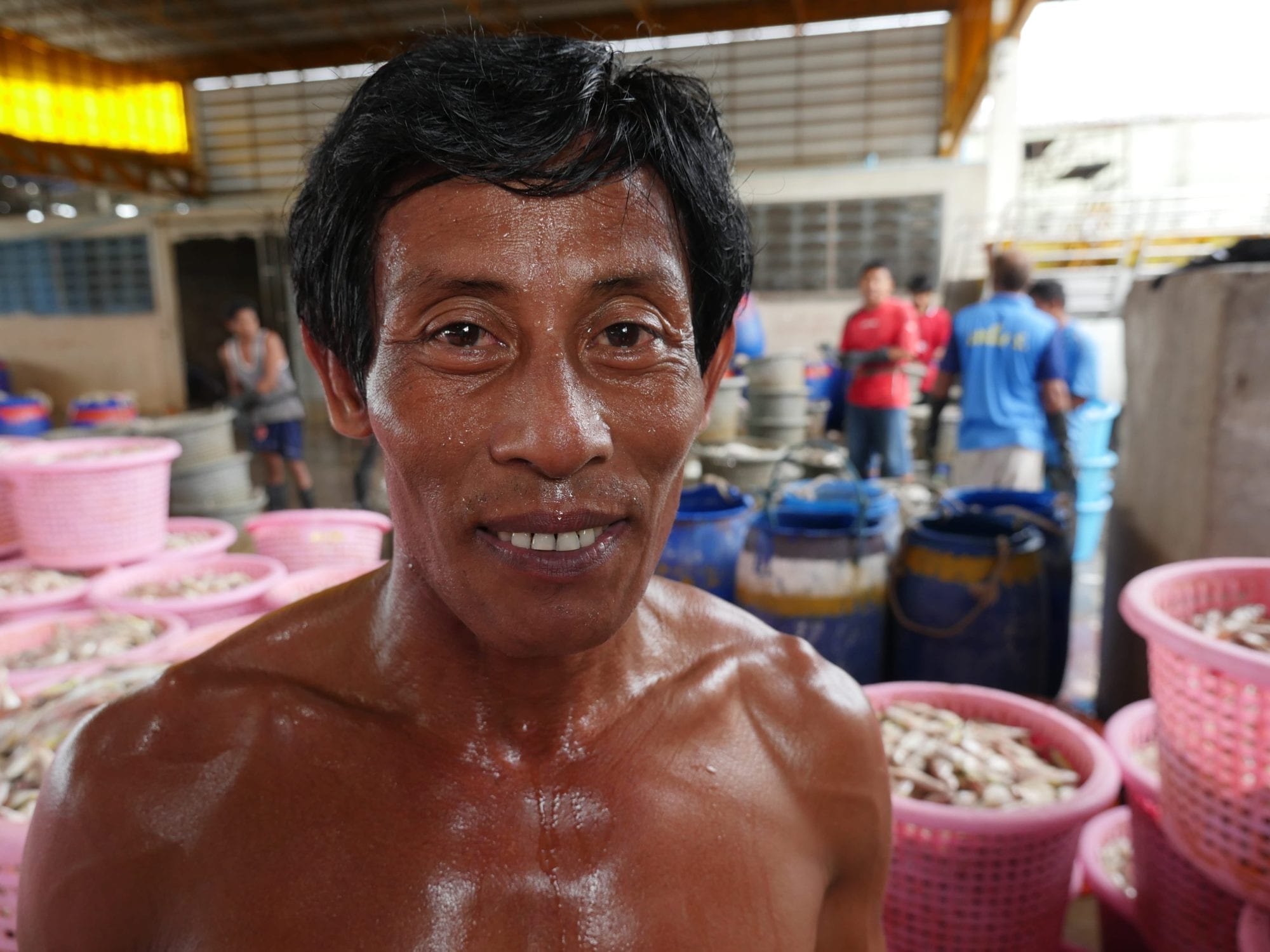
Jul 30, 2015
In Malaysia, up to 40 percent of workers are migrants from other countries. Over in Bangladesh, more than 600,000 workers migrate each year for jobs, and at least 5 million Bangladeshis currently work in other countries. The Gulf Cooperation Council (GCC) countries on the Arabian Peninsula rely on migrant labor to fill more than 90 percent of private-sector jobs, with nearly 1.8 million migrants working in Qatar alone, 90 percent of the country’s population.
Most of the 247 million migrants in the world migrate for work. Although they may have starkly different backgrounds, when they migrate, they often share common experiences:
- They may be exploited by labor recruiters who charge them huge fees to get jobs, often requiring them to go into debt bondage, working with no salary so they can pay off their recruiter.
- They may be trafficked to engage in work they never signed up to do and then held captive by employers.
- They may be forced to live in unsanitary, unsafe conditions that may lack electricity and running water; they receive few or no days off and many are not paid.
- In the most extreme situations, they lose their lives on the job.
200+ Migrant Worker Experts Gather in Indonesia
How workers migrate and under what terms are critical questions for global economic, social and democratic development and, as we are reminded today, on World Day against Trafficking in Persons, millions of people also are trafficked each year, most often for labor exploitation.
Next month, more than 200 migrant worker and labor trafficking activists will meet in Bogor, Indonesia, to discuss strategies and solutions for the world’s growing migration and labor trafficking crises.
“Labor Migration: Who Benefits? A Solidarity Center Global Conference on Worker Rights & Shared Prosperity,” will bring together activists and leaders like Leo Tang, organizing secretary for the Hong Kong Confederation of Trade Unions (HKCTU).
“Connecting people who are working for migrant workers is very important,” says Tang, who coordinates programs for migrant domestic workers across Hong Kong, Special Administrative Region of China. “These are particularly important years for the domestic worker movement and the migrant worker movement.”
Many who migrate abroad for jobs are domestic workers, the vast majority of whom are women. In fact, women make up some 50 percent of international migrants.
Labor Recruitment, Organizing and Migrant Access to Justice
Pablo de los Santos, president of the National Federation of Seller and Market Workers in the Dominican Republic, said through a translator that he wants to be able to “come out with examples from the conference to share with his community here to dispel myths about migrant workers,” and “would love to learn techniques on how to strengthen informal sector workers and how to better organize them.”
Co-hosted with one of our allies in Indonesia, Migrant Care, the conference is focused on labor recruitment reform, organizing workers, and access to justice for migrant workers. Among the many strategy-focused workshops are those on gender-based violence in the workplace; alternatives to private recruitment; and supply chains and migrant workers.
Follow Labor Migration: Who Benefits? at the Solidarity Center website and on Twitter @SolidarityCntr.
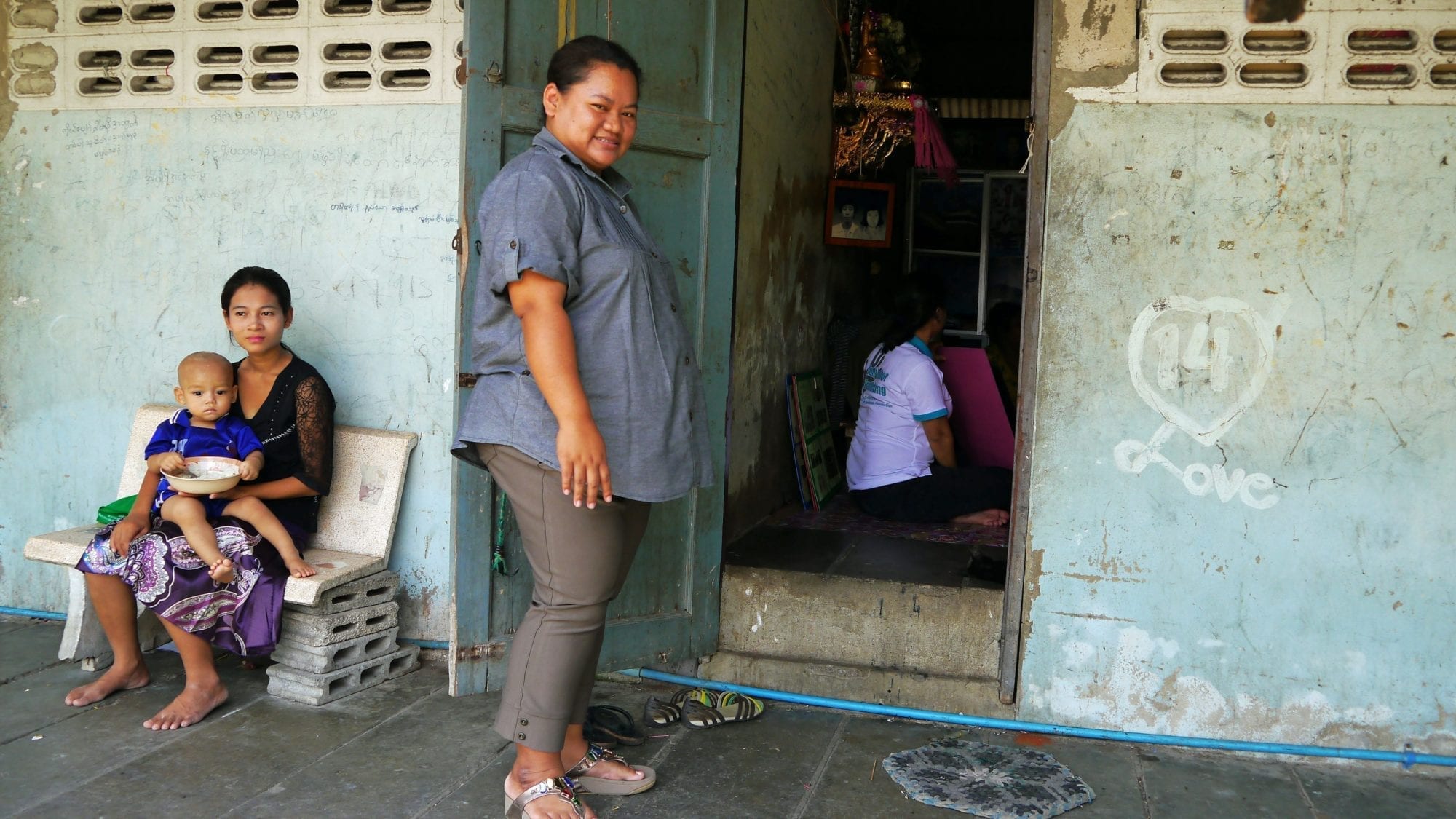
Jul 30, 2015
Global demand for the services of domestic workers, including household workers, caregivers and cooks, has been steadily rising in recent years. Yet as the International Labor Organization (ILO) shows in a new report on migrants from South Asia, domestic workers, especially women migrant workers, remain an “unrecognized and invisible” part of the labor force.
Further, the report states that “inadequate regulation and loopholes in existing emigration procedures have allowed unregistered agents to exploit potential migrants for monetary gain.” As a result, “emigrant workers are prone to different kinds of abuse and even to situations of forced labor.”
“Indispensable Yet Unprotected: Working Conditions of Indian Domestic Workers at Home and Abroad,” highlights forced labor and trafficking in South Asia and the Persian Gulf with the aim to “provide policy-makers and service providers with deeper insight into the nature of forced labor and trafficking” of domestic workers in and from India.
Among the workers the ILO surveyed, Jameela, 50, was enticed by a labor recruiter to migrate abroad from her home in Kerala in southwest India, for domestic work in one of the Persian Gulf states. The recruiter did not inform her about the working conditions she would face, and Jameela describes how her household employer not only forced her to work long hours without breaks but also withheld her wages, physically abused her and isolated her from other members of the household.
Jameela’s experiences are unfortunately all too common. The ILO reported that domestic workers throughout Arabian Gulf Coast countries suffered similar forms of abuse and many more. Women workers and migrant workers are particularly vulnerable to exploitation due to a lack of worker rights protections. Many are deceived about the nature of the work they will be required to do. Many also have their passports confiscated and their wages deducted or withheld by their employers. Workers are even threatened that they will be punished, sometimes with legal force, if they attempt to leave their abusive employers.
The ILO’s Domestic Workers Convention 189 serves as a framework for respecting migrant domestic worker rights at home and abroad. So far, 21 countries have ratified the convention.
The report demands that domestic workers in all countries who ratified ILO Declaration of Fundamental Principles and Rights at Work in 1998 must have their rights protected. This document outlines core labor standards which all signatories are expected to respect and promote, including the eradication of forced labor in all forms.
Last year, the ILO introduced the 2014 Protocol to the ILO’s Forced Labor Convention 29 and a Recommendation on Supplementary Measures for the Effective Suppression of Forced Labor. The organization is hoping to get at least 50 countries to sign the Forced Labor Protocol by 2018. Part of the ILO campaign includes spreading awareness of the abuses that migrant domestic workers face.
“Armed with this knowledge,” the ILO says, “action to combat trafficking in the region will become more effective, finally bringing an end to this unacceptable form of human exploitation.”
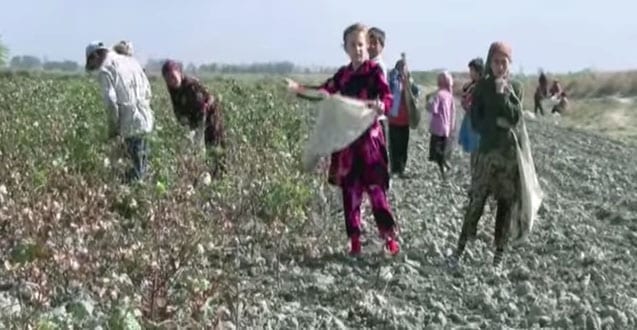
Jul 28, 2015
The U.S. State Department boosted the ranking of Uzbekistan in its Trafficking in Persons report, while keeping Turkmenistan at a higher ranking than human rights activists believe is warranted.
Earlier this year, the Solidarity Center was among 30 global unions, business associations and nonprofit networks urging the U.S. State Department to ensure its Trafficking in Persons report accurately reflect the serious, ongoing and government-sponsored forced labor in Turkmenistan and Uzbekistan.
Uzbekistan is now on the “Tier 2 Watchlist,” which means the State Department claims its government does not fully comply with the U.S. Trafficking Victims and Protection Act (TVPA) standards but is making significant efforts to become compliant. In its 2014 report, the State Department ranked Uzbekistan as “Tier 3,” a designation that means it does not fully comply with the minimum TVPA standards. Turkmenistan remains on the Tier 2 Watch List.
Noting that in 2014, Uzbekistan “forced more than a million citizens to harvest cotton and farmers to grow cotton, all under threat of penalty,” the nonprofit Cotton Campaign said in a statement that “the Uzbek government continues to operate one of the largest state-orchestrated systems of forced labor in the world.”
“Further, authorities suppress any attempts by citizens to report on these abuses and continue to publicly deny the use of forced labor.”
Last month, an Uzbek human rights monitor says she was arrested and assaulted as she sought to document the Uzbek government’s forced mobilization of teachers and doctors to clear weeds from cotton fields outside Tashkent, the capital.
In Turkmenistan, tens of thousands of teachers, doctors and other public employees were forced, under the threat of dismissal, to spend four months in the cotton fields, according to a 2014 report by Alternative Turkmenistan News. “The working and living conditions of the forced laborers were abysmal, with people often having to sleep in the open air, drink ditch water and bathe in irrigation channels.”
“The Turkmen government has maintained a dark cloud of secrecy over its human rights abuses for far too long,” says Ruslan Myatiev, editor at Alternative Turkmenistan News. “Turkmenistan may be a small country, but it is the world’s seventh-largest cotton exporter and manufactures garments in-country for major Western brands.”





